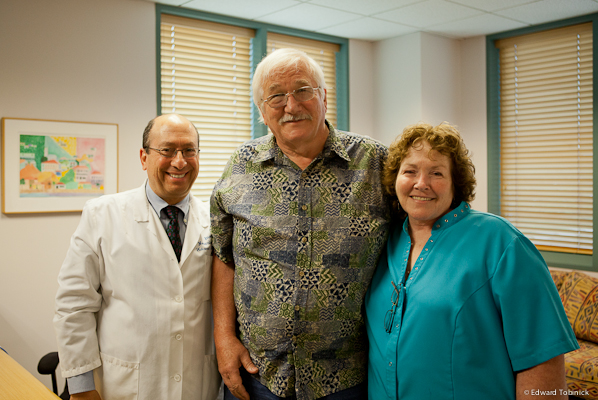October 17, 2013:
Further experimental evidence implicating excess TNF (tumor necrosis factor-alpha) as centrally involved in the pathogenesis of Alzheimer’s disease has published. The article is entitled “Microglial derived tumor necrosis factor-alpha drives Alzheimer’s disease-related neuronal cycle events“. The new study, from scientists at the Department of Molecular Genetics and Microbiology, University of New Mexico, provides further support for the scientific rationale proposed by Edward Tobinick M.D in 1999 (U.S. patent 6,177,077) and later elaborated in subsequent publications (for published reviews, please see Edward Tobinick, Tumour necrosis factor modulation for treatment of Alzheimer’s disease: rationale and current evidence. CNS Drugs, 2009. 23(9): p. 713-25; Clark, I.A., L.M. Alleva, and B. Vissel, The roles of TNF in brain dysfunction and disease. Pharmacol Ther, 2010. 128(3): p. 519-48; and Tobinick, E., Current Alzheimer Research, 2012. 9(1): p. 99-109.
The abstract of the new article concludes “….. Together our data suggest a cell-autonomous role of microglia, and identify TNF-alpha as the responsible cytokine, in promoting neuronal CCEs in the pathogenesis of AD”.
This new data joins data published in September 2013 from UCSF implicating excess TNF in the pathogenesis of another form of dementia, semantic variant Primary Progressive Aphasia (PPA). Dr. Tobinick reported the rapid clinical response of a patient with PPA to TNF inhibition in 2008 (Tobinick, E., …..rapid improvement in primary progressive aphasia: identification of a novel, rapidly reversible TNF-mediated pathophysiologic mechanism. Medscape J Med, 2008. 10(6): p. 135). TNF modulation is utilized at the INR off-label. Individual results can vary. Please see the Terms of Use.


